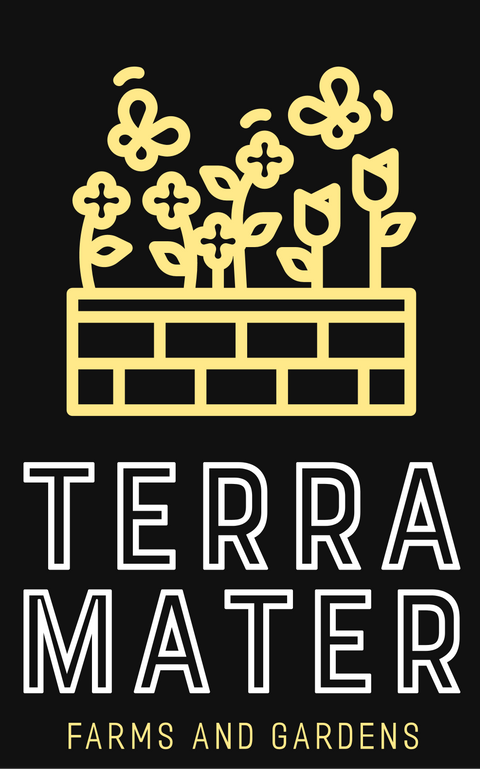Virginia Black Tobacco Seeds (Nicotiana tabacum) – 50+ Seeds for Tobacco Gardens, Curing Leaves, and Homegrown Blending
Nicotiana tabacum
Minimum: 50+ seeds
Nicotiana tabacum, or Virginia Black Tobacco, is a species of tobacco native to South America and widely cultivated for its leaves, which are primarily used for making cigarettes, cigars, and other tobacco products. Virginia Black Tobacco is known for its high sugar content, resulting in a milder flavor compared to other tobacco types.
Characteristics
- Size: Typically grows 3 to 6 feet tall, with a spread of 1 to 3 feet.
- Leaves: Large, broad leaves that can grow up to 2 feet long. The leaves are smooth and green, with a sticky texture due to the presence of resin.
- Flowers: Produces tubular flowers that can be white, pink, or lavender, blooming from summer to fall. The flowers attract various pollinators, including hummingbirds and bees.
- Fruit: Produces small, oval capsules that contain several seeds.
Growing Conditions
- Light: Prefers full sun. Adequate sunlight is essential for optimal leaf growth and flavor development.
- Soil: Thrives in well-draining, sandy loam or loamy soils rich in organic matter. It prefers slightly acidic to neutral pH levels (around 5.8 to 7.0).
- Water: Requires consistent moisture, particularly during the growing season. It benefits from regular watering but should not be waterlogged.
- Temperature: Hardy in USDA zones 5 to 10. It thrives in warm temperatures, ideally between 70°F to 90°F (21°C to 32°C).
Care
- Pruning: Pinching off the flower buds can promote better leaf growth by redirecting energy to leaf production.
- Fertilization: Requires regular fertilization with a balanced fertilizer or one high in nitrogen during the growing season to support vigorous growth.
- Pests/Diseases: Susceptible to pests like aphids, hornworms, and cutworms. Diseases such as tobacco mosaic virus and root rot can also affect the plant.
Benefits
- Culinary Uses: Beyond its traditional uses, Virginia Black Tobacco has been used in some cultures for ceremonial purposes. However, tobacco consumption is associated with health risks.
- Aesthetic Appeal: The tall stature and attractive flowers make it a striking addition to ornamental gardens.
- Pollinator Attraction: The flowers attract various pollinators, contributing to biodiversity.
Uses
- Agricultural: Primarily grown for commercial tobacco production. Virginia Black Tobacco is considered one of the most important tobacco varieties for cigarette manufacturing.
- Cultural Significance: Has historical and cultural importance in various societies, particularly among Indigenous peoples in the Americas.
Additional Notes
- Harvesting: Leaves are harvested when they reach maturity, usually in late summer to early fall. They are then cured to develop flavor and reduce harshness.
- Health Considerations: Tobacco consumption has been linked to various health risks, including cancer and respiratory diseases, leading to a decline in its popularity for recreational use.
Conclusion
Nicotiana tabacum (Virginia Black Tobacco) is a significant agricultural crop known for its use in tobacco products. While it has cultural and economic importance, it is essential to approach its cultivation and use with an understanding of the associated health risks. Its striking appearance and ability to attract pollinators can also make it a unique addition to ornamental gardens when managed appropriately.



